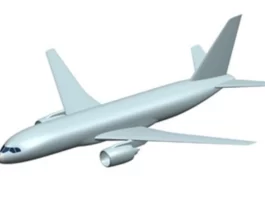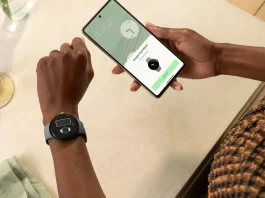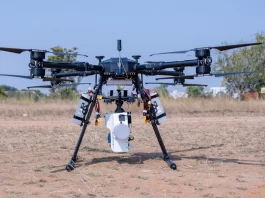Challenges and triumphs abound for the Neuralink brain implant, which was developed by the neuroscience startup established by Elon Musk. The brain-computer interfaces company announced in January this year that it had successfully implanted its initial patient, Noland Arbaugh. The technological advancements that empowered the 29-year-old participant in the Prime study to execute mental tasks, including cursor movement, email correspondence, chess play, and Mario Kart racing, garnered international attention.
The implant’s distinguishing feature, the identikit, recorded neural activity using 1,024 electrodes distributed across 64 ultra-thin, highly flexible wires. This advanced technological system, during its initial one hundred days in Noland’s mind, not only surpassed previous records but also showcased the unwavering determination of the engineers and researchers to overcome obstacles. Challenges were encountered, but they were met with resilience and ultimately conquered.
The problem that arose ‘in the weeks following the procedure – as described by Neuralink experts in their report – Some wires’ from the chip ‘retracted from the brain, resulting in a significant decrease in the number of effective electrodes. This led to a reduction in bits per second (Bps),’ the unit of measurement used to evaluate the performance of the implant. ‘In response to this change – the experts further explained – we modified the recording algorithm to make it more sensitive to signals from the neural population, improved techniques for translating these signals into cursor movements, and enhanced the user interface.’ These changes’ resulted in a rapid and lasting improvement in Bps, which has now surpassed Noland’s initial performance.’
Noland is engaged in research sessions on weekdays for up to 8 hours daily. During weekends, personal and recreational use of the implant can exceed 10 hours per day. Recently, the patient zero has used the device for 69 hours in a week: 35 hours of structured sessions and an additional 34 hours of personal use. The sessions allow for the evaluation of the device’s performance. The higher the Bps values, the better the cursor control. During the first session, as reported by the experts, Noland also established “a new world record for cursor control” with a brain-computer interface, achieving 4.6 Bps. Subsequently, he reached 8 Bps and is currently attempting to surpass Neuralink engineers’ scores using a mouse.






